Is alpaca wool scratchy?
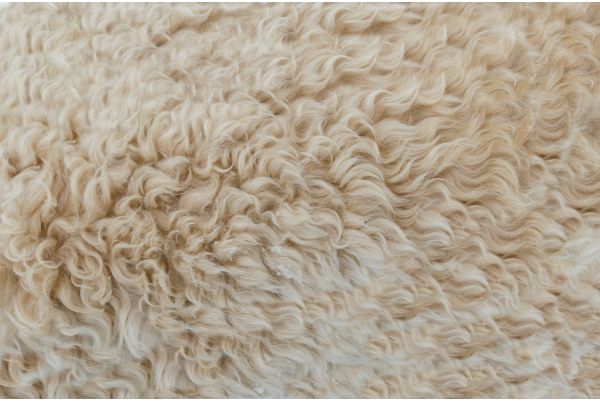
First of all, you have to know the difference between a wool that makes you allergic and a wool that itches.
-
What is alpaca wool?
The alpaca belongs to the Camelidae family (llamas, vicuñas and guanacos). There are two types of alpacas: the Suri alpaca and the Huacaya alpaca. They can be distinguished by their coat. One is more wavy while the other is more like a rasta. The Huacaya alpaca represents 90% of the alpacas in the world. It resembles a soft and fluffy plush.
Its fibre is the most resistant. Alpaca wool is produced by the alpaca animal and is a natural fibre that must be shorn every year. On average between 2kg and 3kg of wool can be harvested per year per alpaca. The annual shearing of the alpaca is usually done at the arrival of spring because alpaca wool is very hot and the summer is very hot in the Andes in Peru. The alpacas must therefore be stripped of their fleece.
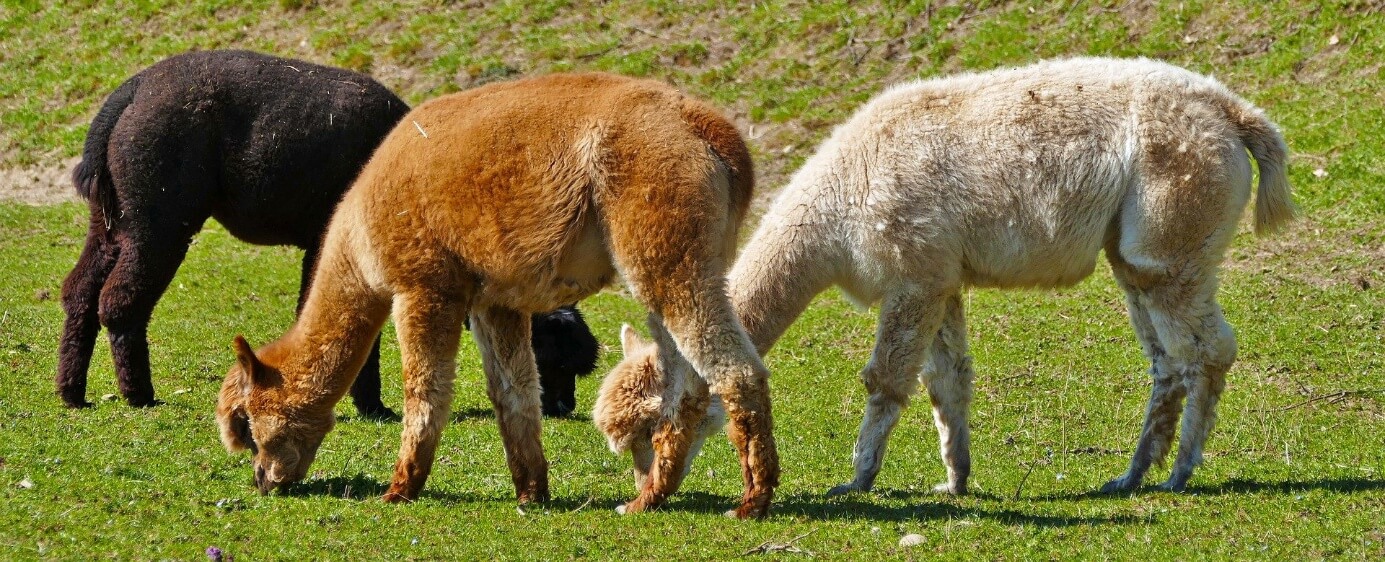
Alpaca wool has many properties that make it a luxurious fibre comparable to cashmere. Alpaca wool is softer than cashmere. It is much softer, stronger and warmer than simple sheep's wool. It is said that alpaca wool is 100% natural and this is not for nothing.
Indeed, alpaca wool alone produces more than 22 natural colours. A very rich range of colours to offer a wide variety of shades. Among the two biggest assets of alpaca wool, it is hypoallergenic and can therefore be worn by the most sensitive skins and it is also thermoregulatory, which means that it can be worn all year round because it regulates the body temperature. An exceptional wool, unique and divine.
-
From fibre to garment :
Like everything else, alpaca wool follows a process that allows the wool to be made into a garment. The fibre is first harvested from the alpaca's fleece through annual shearing. Once it has been gently shorn, the fibres are cleaned to remove the dirt and dust that has settled on the animal during the year.
The wool is then prepared for spinning, i.e. the wool has to be untangled one by one. Most of the time this process is done by hand by the craftsmen but it can also be sorted with a machine that allows to sort and untangle the fibres.
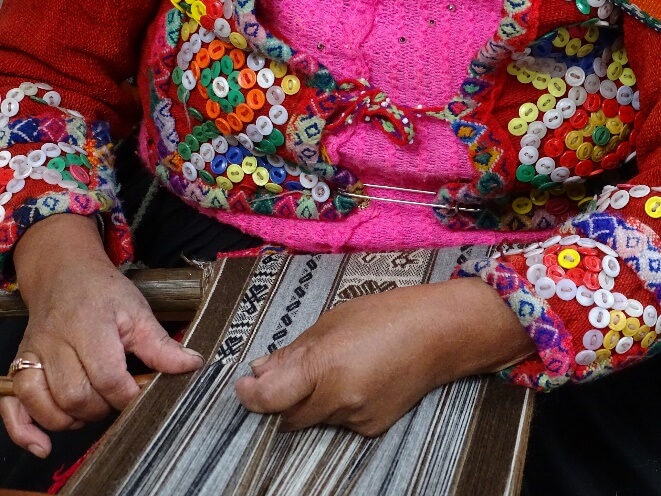
Then comes the combing stage, to align the fibres and make them soft and silky before spinning the wool. The stage of spinning the wool is very specific. It requires an ancestral technique and know-how that only Peruvians master to perfection.
After that, the craftsmen roll up the threads on a bobbin, stretch it out and let the wool dry. As soon as it is dry, the wool is then put into balls to facilitate the work of creation. The last step is the weaving or knitting of the clothes and accessories.
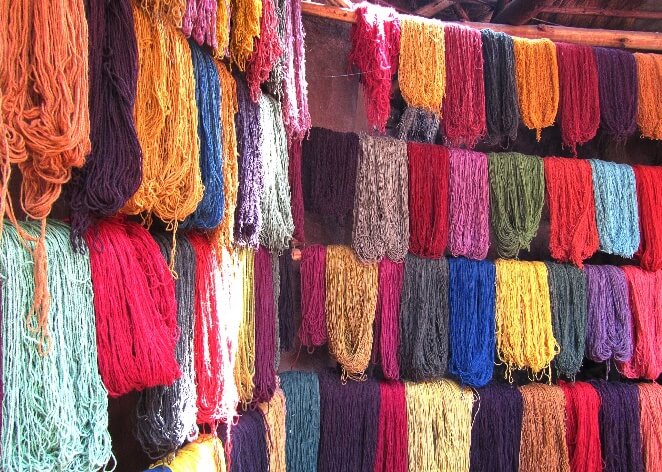
The processing of the wool or the creation of alpaca wool items requires a lot of skill and attention to detail. The Peruvians are specialists in this wool and know its specificities.
-
Knowing if a wool is scratchy according to the quality of its fibre
People often wonder if alpaca wool is scratchy? It's simple, if the wool is scratchy it's because of the scales in the wool fibres. The finer the fibre, the softer it will be and the less likely it will scratch. However, it is important to distinguish between wool that is itchy and wool that causes allergies. Alpaca wool, for example, is hypoallergenic and therefore does not cause allergies.
On the other hand, some alpaca wools, if they are not of good quality or mixed with other wools, can be slightly itchy. The fineness of the fibre depends on the alpaca itself, its lifestyle and quality of life. It also depends on the age and sex of the alpaca, a baby alpaca or a pregnant female alpaca will provide a much better quality wool.
Alpaca wool, no matter where it comes from, will still be of better quality than standard sheep's wool. Alpaca wool does not itch if the quality of the wool is good. Sheep's wool is itchy because the fibre of this wool is not fine and the scales of the wool "stick out" like spikes. The skin feels it in the same way.
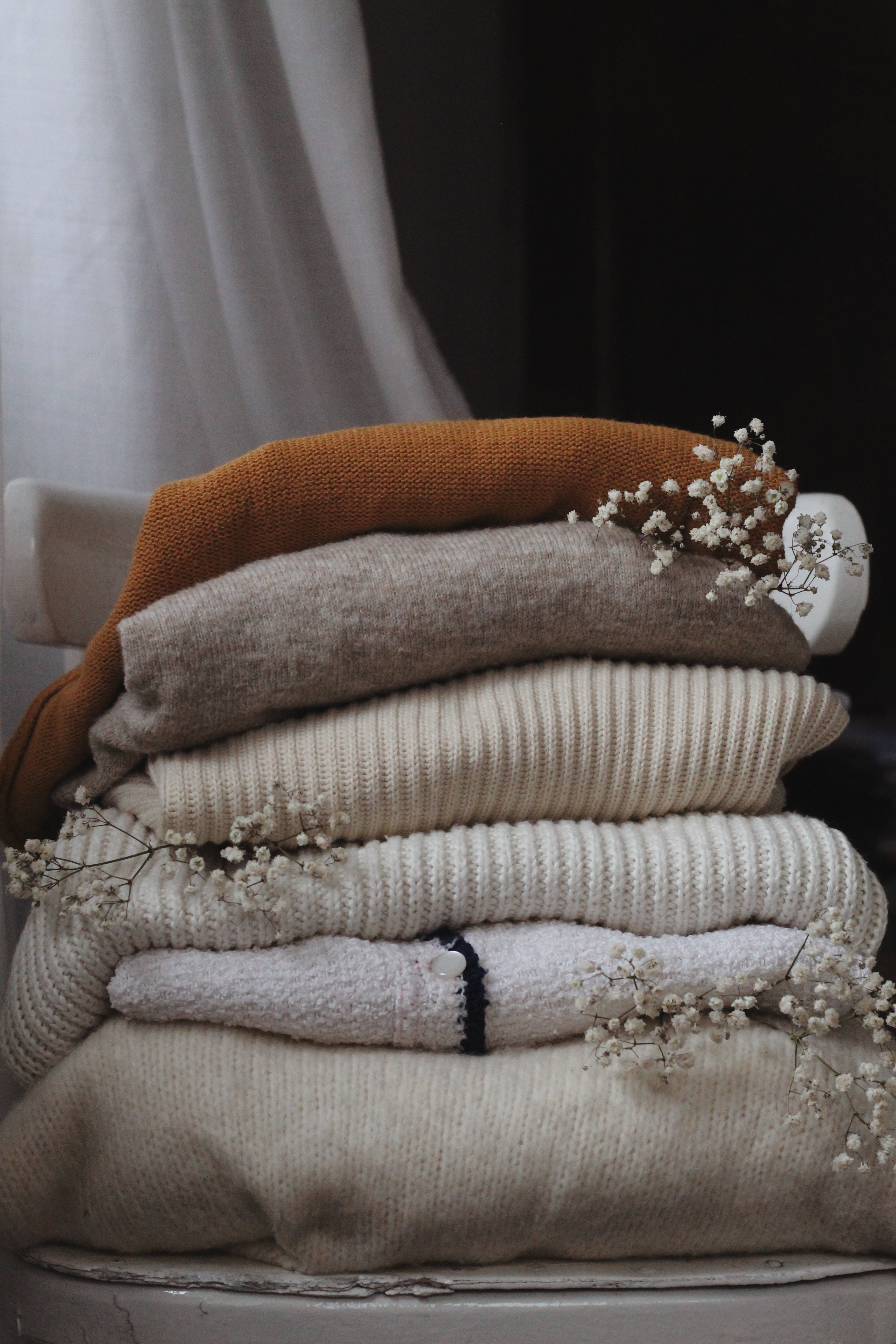
It is therefore essential to look at the composition of an article before buying it. An alpaca jumper made of 30% alpaca wool will inevitably itch more than one made of 70% - 100% alpaca. Many brands claim to sell alpaca wool products but beware of the composition. Alpaca wool is a quality of fibre before being a simple selling point.
In Same Category
- A heart-warming experience of human solidarity
- How to finish off a knitted piece with a flourish: tips and techniques
- 5 Valentine's Day Gift Ideas for Women - Find the Perfect Gift
- The secrets to combining comfort and style in your wardrobe
- Economical and environmentally friendly DIY laundry detergent recipe

Comments
No comment at this time!
Leave your comment